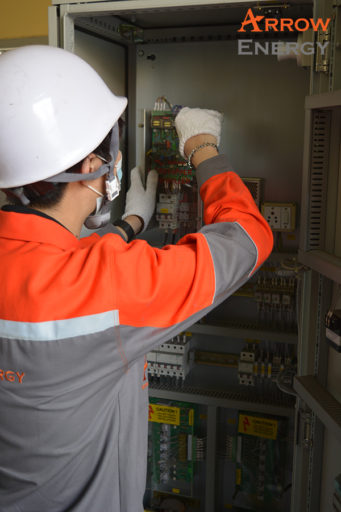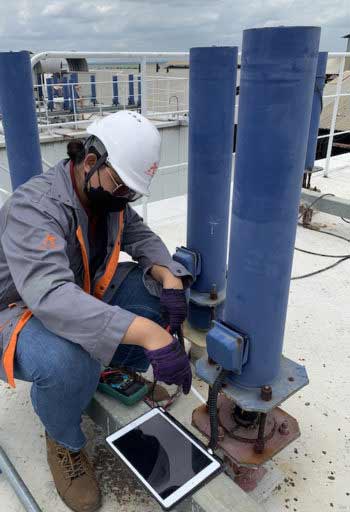“It is the pollution control equipment use to capture dust (Solid) particles from Flue gas generated by combustion process in Thermal Power & Steel plants” Electrostatic Precipitators (ESP)
Working Principle
Flue gas forced to pass two electrodes (electrical terminals), which take the form of metal wires, bars, Bag, or plates inside a pipe or smokestack. The first electrode is charged to a very high negative voltage. As the dirt particles move past it, they pick up a negative charge. Higher up the pipe (or further along, if it’s a horizontal pipe), there’s a second electrode consisting of metal plates charged to a high positive voltage (50,000–00,000 volts is typical). Since unlike charges attract the negatively charged soot particles are attracted to the positively charged plates and stick there. From time to time, the collecting plates have to be shaken to empty away from the ash by rapping.

Major Parts in ESP
- Collecting electrode
- Emitting electrode
- Transformer rectifier set
- Rapping system
- Control panel
- Gas distribution plates
- Ash handling system
Our ESP are indigenously design & manufactured by our highly experience team. It can achieve up to 99.9 % percent solid particle capture.
After sales services for ESP
Our ESP Service
- Control panel upgradation
- Controller supply
- TR set supply
- Collecting & emitting electrode supply
- Rapper system supply
- Rotary air lock valves & ash handling system supply
- ESP revamp for reduction in emissions
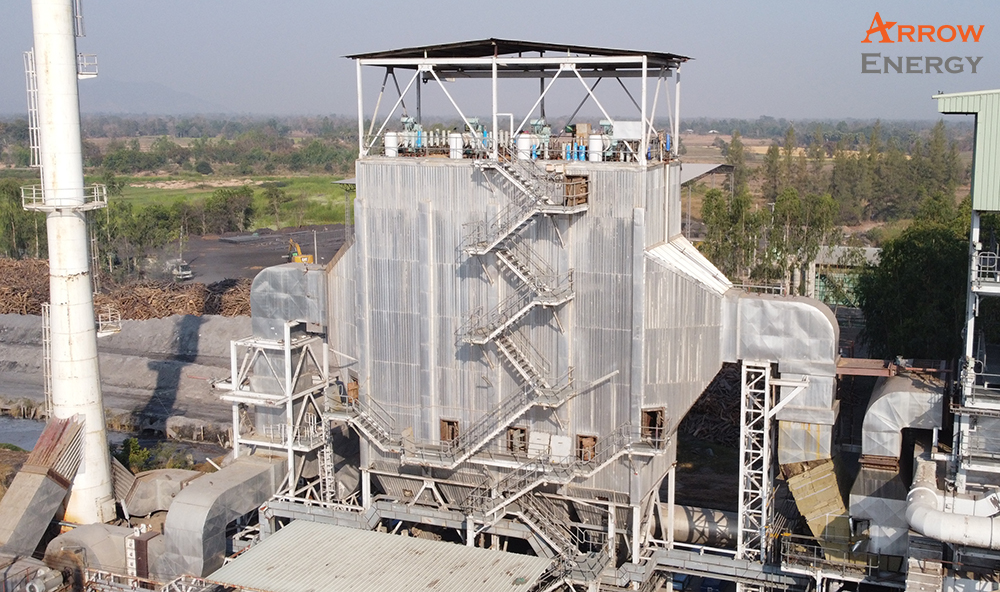
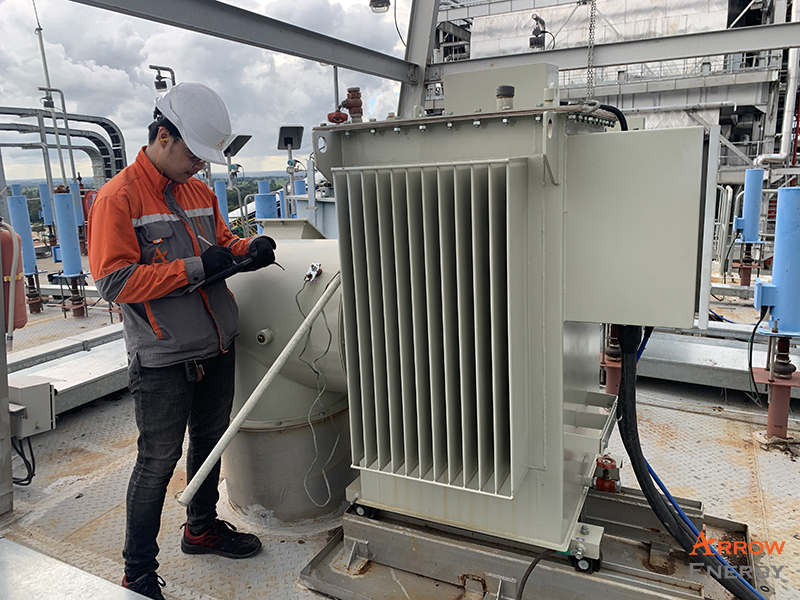
ESP Installation and Maintenance Procedures
• check and inspection at site, within 24 hour in case of shutdown plant.
• Prepare drawing, machinery, engineering team with skilled technicians and safety team for installation or maintenance
• Prepare work planning of installation and maintenance to be a main of operations.
• Foundation installation
• Inspect the job and test the installation job once the job installation is complete
• Work report to the customer

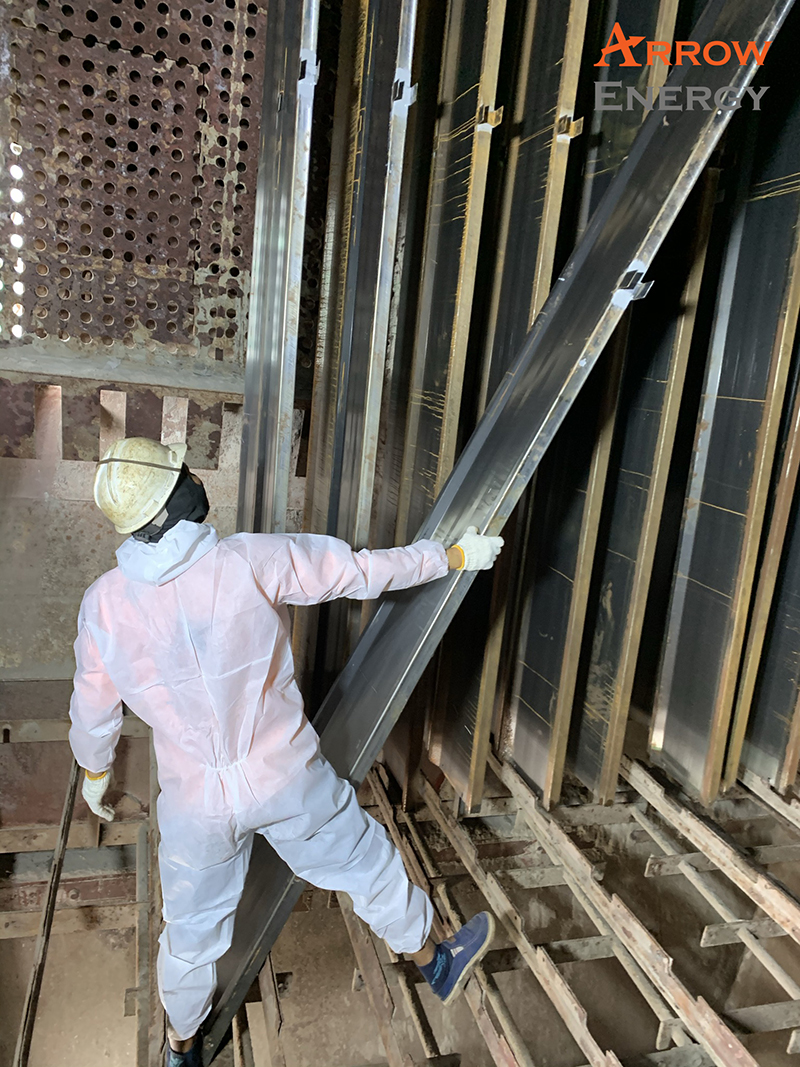
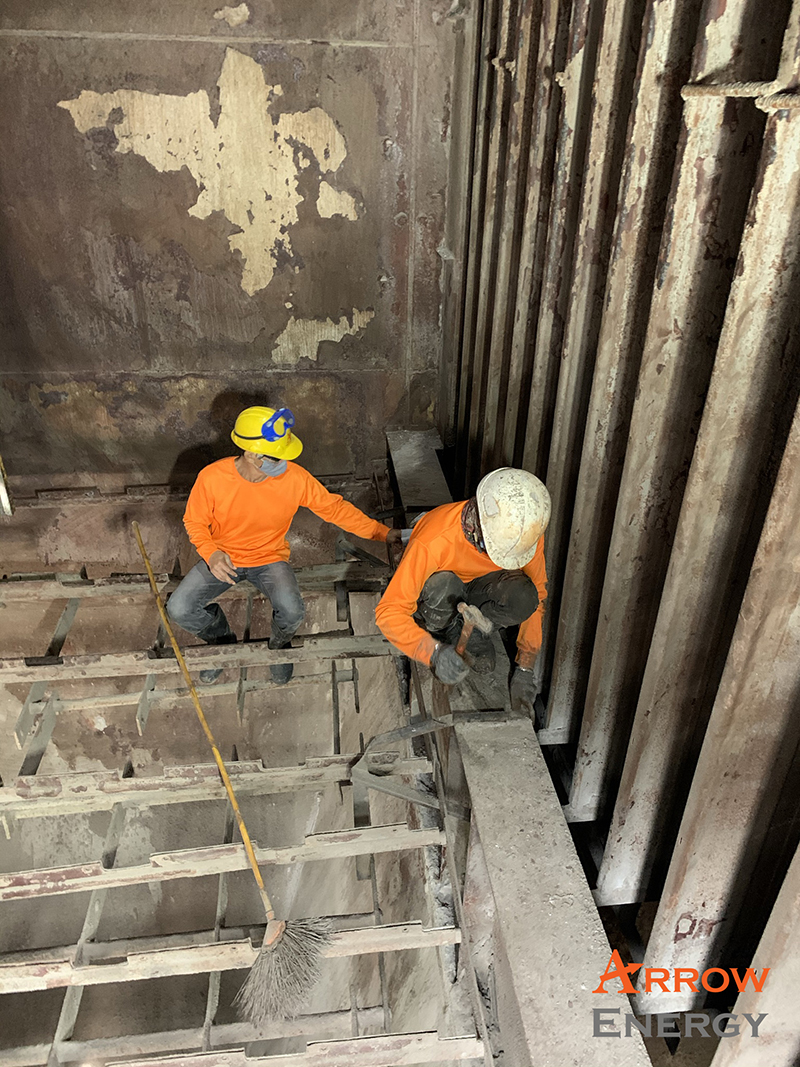
• Test the no load system
• Test the on load system
• Record test result and display values in order to prepare the delivery report to the customer
